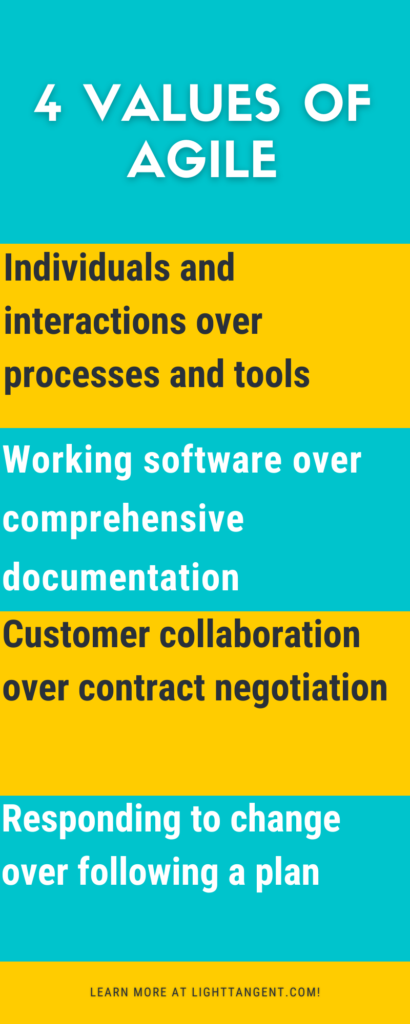Is PMO really required?
The term “PMO” has a wider usage, I ‘ll be more specific here, the context of PMO is related to (Project/Program Management) Office. It’s a difficult question to read when I was working as a PMO. I was asked by business analysts/project managers, why do we need a PMO? What job you actually do? It was definitely frustrating and the answer I used to tell them was the word “value”. A PMO adds value to the project/program driven organization. It’s not easy to explain individuals the value a PMO brings, hence in this article will attempt to add the list of values, a PMO offers. The list may vary from organization to organization based on how the PMO function was set-up.
Before we move to the value/benefits, let’s understand about the PMO definition and objectives
Definition of a PMO –
A PMO is a function is an organization to drive the standardization of tools & processes for project/program delivery.
Objective of a PMO –
To provide transparency and visibility of projects/program by implementing Tools & Standards. PMO shares the single source of truth by sharing this information with senior management for them to take required action.
List of values/benefits of PMO
Divided the values/benefits into two categories – Strategic & Tactical
Strategic benefits of a PMO
- Standardization of tools and processes
- Transparency and Visibility
- Improved probability of successful outcomes
- Build confidence of Senior Management
Tactical benefits of a PMO
- Ad-hoc support to Senior Management
- Data collection and consolidation exercise
- Ensuring internal deadlines are met (part of the organization requirement)
Summarize –
At times, many fails to understand the strategic benefits offered by a PMO function. The reason is the role description is not clear and focus on tactical scope of work. If you are working as a PMO or aspiring to move towards a PMO journey, do understand the strategic benefits and analyze the strategic benefits which you/team has been offering. In case, you are more focused on tactical work, start thinking of being strategic and identify opportunities/initiatives in your organization for this purpose. If a PMO function exists in an organization, the foundation behind the set-up is to add value to the overall organization. You as an PMO are adding value on this journey. Next time, if anyone ask you this question “ Is PMO really required” – you know what to answer.


